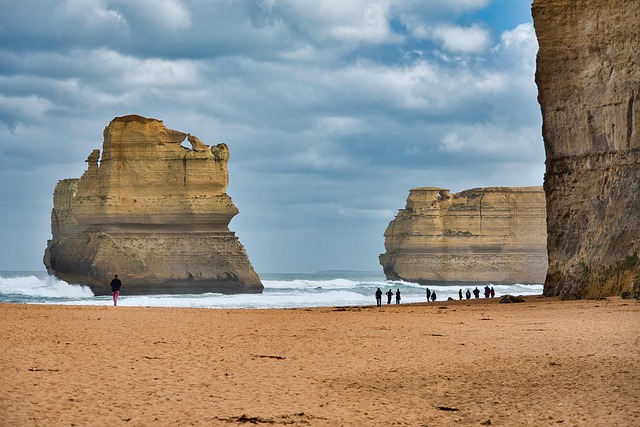As the world grapples with the ever-pressing challenges of climate change, one overlooked but critical issue looms beneath the surface: rill erosion. This subtle yet destructive form of erosion not only impacts our landscapes but serves as an insidious symbol of the broader dilemma of desertification. In many ways, rill erosion encapsulates the complex relationship between environmental change and human activity, posing a threat to our ecosystems and livelihoods alike.
Rill erosion occurs when water runoff cuts small, shallow channels into the soil, gradually expanding these grooves into significant gullies. It often begins unnoticed, a mere ripple in the fabric of our environment, but over time, it can lead to significant soil degradation. This is especially alarming in the context of desertification, where previously fertile lands are transformed into barren wastelands, unable to support plant life or agriculture.
Consider the implications: As climate change alters precipitation patterns, areas that once thrived on natural rain cycles may experience intensified storms and prolonged droughts. These shifts can exacerbate rill erosion, creating a vicious cycle where soil is not only eroded but also stripped of its nutrients, further diminishing agricultural productivity. Farmers find themselves caught in a quagmire of diminishing returns, struggling to adapt to shifts that they often did not anticipate.
The environmental impact of rill erosion extends far beyond the immediate landscape. It disrupts ecosystems, leading to loss of biodiversity as plant and animal species that once flourished in rich soils are forced to abandon their homes. Streams and rivers can become choked with sediment, compromising water quality and disrupting aquatic life. The repercussions of such degradation can ripple through the food chain, affecting not just individual species but entire ecological systems and, ultimately, human health and well-being.
Moreover, rill erosion highlights a critical intersection of climate change and socioeconomic factors. Vulnerable communities, often those least responsible for climate change, bear the brunt of its impacts. With their lands becoming increasingly unmanageable, these communities face food insecurity, economic hardships, and forced migration. It is a stark reminder that desertification is not just an environmental issue; it is a humanitarian crisis, one that underscores the urgency of addressing climate change head-on.
While the challenges posed by rill erosion may seem overwhelming, awareness can be a powerful tool. As individuals and communities recognize the indicators of erosion and its links to broader environmental changes, they can begin to take steps toward mitigation. Employing sustainable land management practices, restoring vegetation, and implementing effective water management systems are integral in curbing the onset of rill erosion.
Education plays a pivotal role as well. By fostering a deeper understanding of the ecological significance of healthy soils and the consequences of neglect, we can cultivate a culture that prioritizes resilience against desertification. Collaboration among governments, NGOs, and local communities is essential to devise strategies that address not only environmental preservation but also social equity, ensuring that those affected the most are given a voice in decision-making processes.
In this battle against climate change, recognizing the signs of rill erosion and its devastating impacts is not just an environmental concern; it’s a call to action. By uncovering the threads of connection between our actions, our environment, and our future, we can strive towards a more sustainable world, where the landscapes we cherish remain vibrant and capable of supporting life for generations to come.


